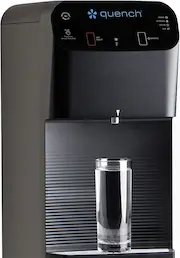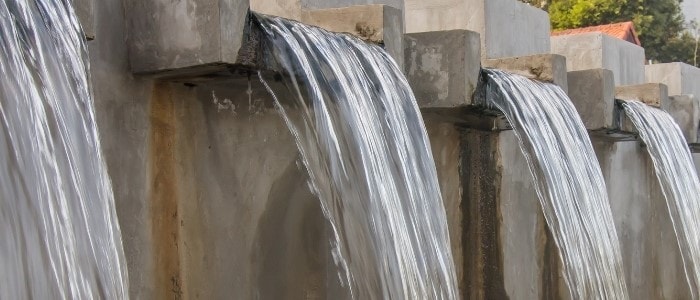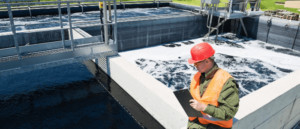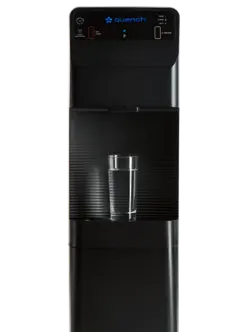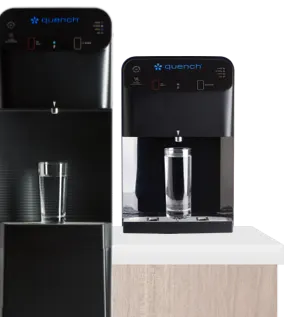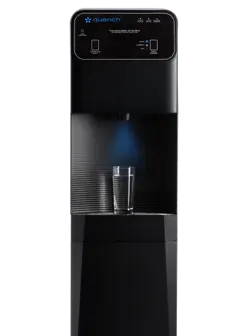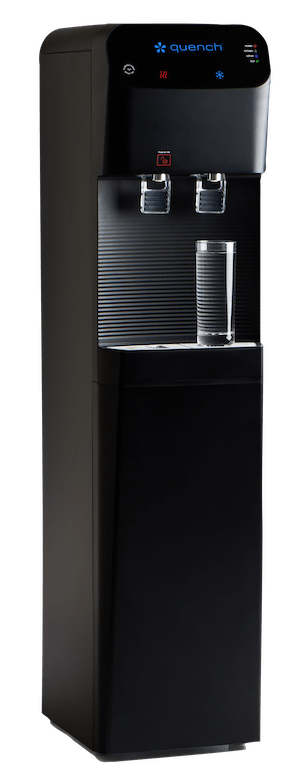Last updated: 9/25/2020
If you’re used to having unlimited filtered water whenever you want it (like our customers!), it’s easy to forget everything that had to happen to get that clean water to you. We’re not just talking about the steps the local municipalities and water treatment plants had to take to provide you with easy access to clean, great tasting water either. We’re talking about steps taken long before water treatment plants or filtered water dispensers were even thoughts in anyone’s mind.
The History of Water Filtration
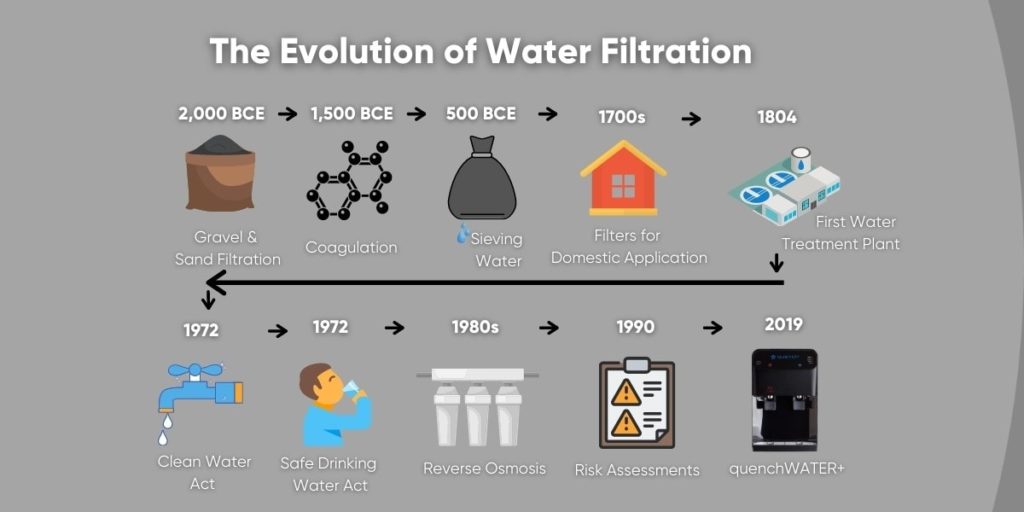
Let us wind the clocks back 4,000 years. Records show that the water treatment process during ancient times included sand and gravel filtration methods. The ancient Greeks and Indians were advanced enough to know that boiling and straining water could make it taste better. Better-tasting drinking water was the major motive for water purification during ancient times. At that point in history, not much was known about microbial toxins or chemical contaminants. Other methods commonly used in ancient times included using copper, iron, and even plants like water lily roots.
A few hundred years later, the Egyptians learned that adding positively charged chemicals to water could facilitate coagulation. Coagulation is the process of destabilizing particles in drinking water. This ancient discovery remains a major component of the water treatment process today. In modern days, the coagulation stage is combined with a flocculation stage to facilitate the removal of suspended solids. During this treatment process, positively charged chemicals are added to the water. Those positively charged chemicals bind to dirt and other dissolved particles in the water to form larger particles that are easier to filter out.
The next major milestone in water filtration came after 500 BCE when a famous Greek physician named Hippocrates redefined the water treatment process. Historians believe the physician first boiled water to improve the taste and then he filtered it through a cloth bag, which came to be known as a Hippocrates Sleeve. The bag was mainly used to trap sediments that caused bad tastes and smells.
By the 1700s, domestic water filters made of wool, sponge, and charcoal were becoming more common in the household. Fast-forward to 1804, and the first municipal water treatment plant was created in Scotland. The original water treatment plant used slow sand filtration, which allows a bioactive layer to grow on top of sand and contributes to the reduction of disease-causing organisms. Slow sand filters were introduced to the United States in 1870, but it wasn’t until 1909 that liquid chlorine was developed for the disinfection of drinking water supplies.
In the 19th century, when it was discovered that diseases like cholera, typhoid and hepatitis, among others, were spread through unfiltered drinking water supplies, large-scale water treatment processes became even more necessary. The Clean Water Act was passed in 1972 to protect the public from the discharge of pollutants in the nation’s surface waters. Then in 1974, the United States passed the Safe Drinking Water Act, designed to regulate all water sources, both above ground and underground. In the 1980s, a special membrane was created, allowing for reverse osmosis to be part of the water treatment process as well. By 1990, risk assessments became standard practice at water treatment plants.
These days, we have a variety of different water filtration technologies to keep your local water quality as clean as possible. Some of those technologies include innovations like advanced carbon filtration and reverse osmosis filter systems (RO filters). Thanks to modern technology, and brilliant minds like that of Hippocrates, we can now enjoy water that has been removed of up to 99.9 percent of contaminants and sediments. Some machines, like Quench filtered water dispensers, not only remove impurities with RO filters, but they’ll also infuse drinking water with beneficial ingredients like minerals and electrolytes.
Get a quenchWATER+ Filtered Water Dispenser for Your Workplace
We’ve come a long way from the days when we relied on bags to filter contaminants and sediments from our drinking water. Nowadays, we trust water treatment facilities to improve our local water quality in the United States. Thanks to measures made by government organizations like the CDC and EPA, about 85 percent of contaminants are removed and 99 percent of harmful bacteria are killed during the water treatment process at the municipal level.[1] Yet, despite having spent the past 4,000 years making advancements to our filtration technologies, harmful microbial toxins can still leak into our public water from time to time. A filtered water dispenser can add a last line of defense when you’re drinking water in an office.
If you want the employees in your office to experience the best-tasting, cleanest water around, get them a filtered water dispenser that also doubles as a reverse osmosis filter system. Give them quenchWATER+, Quench’s branded mineral-infused ro water. Quench produces quenchWATER+ using a state-of-the-art reverse osmosis filter system to remove contaminants and bad tastes while adding minerals, electrolytes, and alkalinity to create amazing tasting water. It’s a clean water solution that would surely make Hippocrates proud.
Quench currently offers quenchWATER+ RO water in our Q Series RO filter machines, the Quench Q7 and Q5. Visit our website to learn more about quenchWATER+ and check out call a local Quench Water Expert to learn more about which Quench water cooler is right for you.
